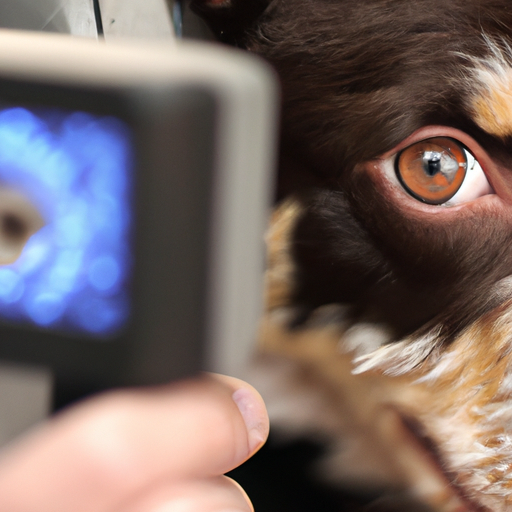Introduction
It can be heart-wrenching to watch your furry friend struggle with vision problems. Cataracts in dogs are not an uncommon problem, but they are often misunderstood. This guide will help you understand the causes, symptoms, treatments and preventive measures related to dog cataracts.
Understanding Canine Cataracts
Cataracts are an opacity in the lens of your dog’s eye, causing him to have cloudy vision. If left untreated, they can lead to blindness.
Common causes include:
- Aging
- Diabetes
- Trauma
- Genetic predisposition
Remember, early detection can make a significant difference in the outcome of the treatment.
Symptoms to Look For
When it comes to recognizing cataracts in your dog, you need to be observant. Here are some signs to look out for:
- Cloudiness in the eye
- Changes in eye color
- Difficulty navigating around the house
- Frequent squinting or blinking
If you notice any of these symptoms, it’s time to schedule an appointment with your vet.
Treatment Options
There are several ways to manage cataracts in dogs. Let’s look at the most common ones:
- Surgery: This is the most effective way to treat cataracts. During the operation, the cloudy lens is removed and replaced with an artificial one.
- Eye drops: They can help delay the progression of cataracts. However, they are not a permanent solution.
- Diet and supplements: A diet rich in antioxidants can help slow down the progression of cataracts.
| Treatment Method | Pros | Cons |
|---|---|---|
| Surgery | Highly effective, fast results | Expensive, requires follow-up care |
| Eye Drops | Non-invasive, inexpensive | Slow progress, not a permanent solution |
| Diet and Supplements | Natural, beneficial for overall health | Slow progress, requires consistent effort |
Preventive Measures
Preventing cataracts is not always possible, especially if they are due to aging or genetic factors. However, maintaining a healthy lifestyle for your dog can help. Here are some tips:
- Provide a balanced diet
- Regular exercise
- Regular vet check-ups
- Limit exposure to UV light
Frequently Asked Questions
Q: Can cataracts be cured without surgery?
A: Cataracts can be managed, but not cured without surgery.
Q: Does my dog feel pain due to cataracts?
A: Cataracts do not cause pain, but the resulting vision loss can lead to accidents that may cause pain.
Q: Is cataracts surgery safe for dogs?
A: Yes, with an experienced veterinary ophthalmologist, the surgery is generally safe.
Q: How long does it take for a dog to recover from cataract surgery?
A: Most dogs begin to recover within a few days, but full recovery may take several weeks.
Remember, it’s crucial to consult with a professional veterinarian for any health issues related to your pet. Your furry friend relies on you for his well-being, so let’s ensure we give them the care they deserve.



